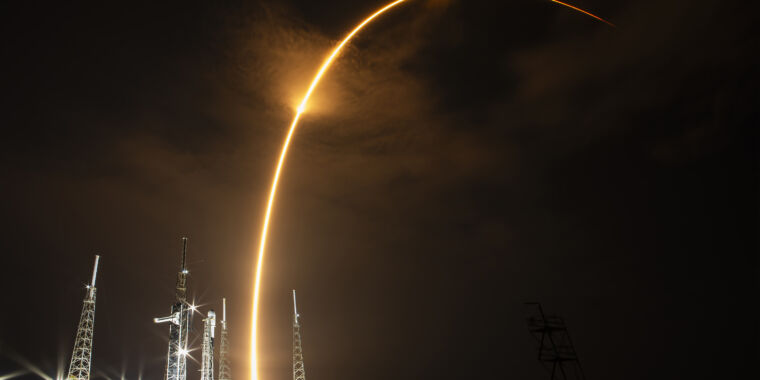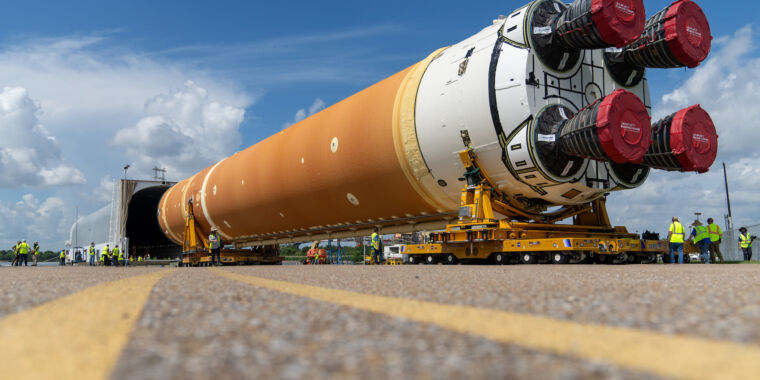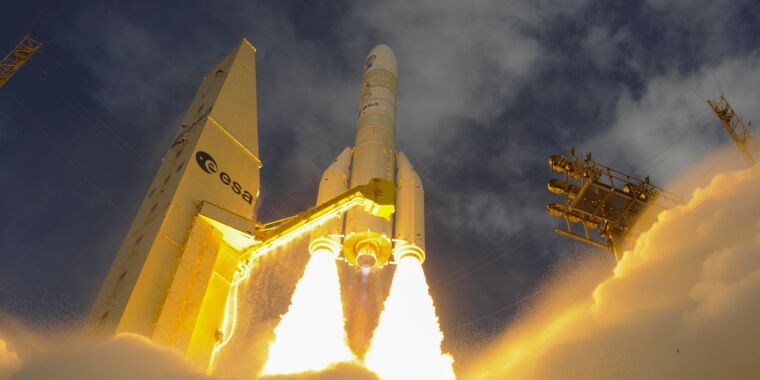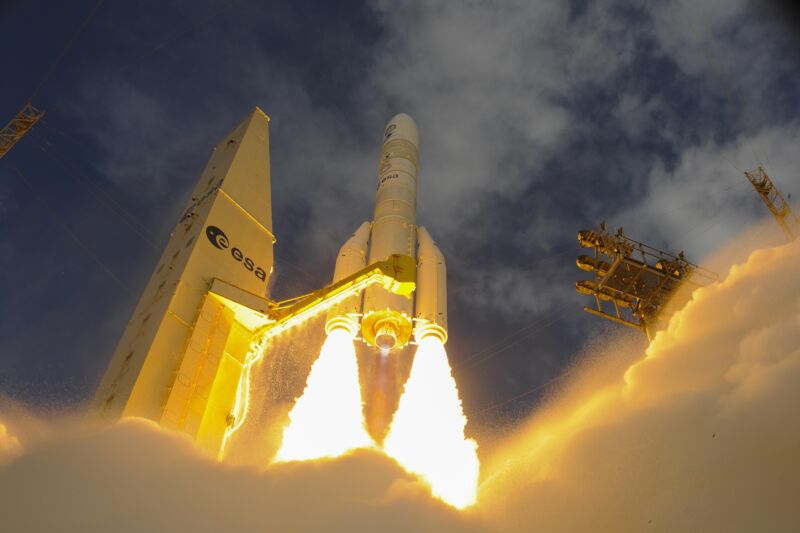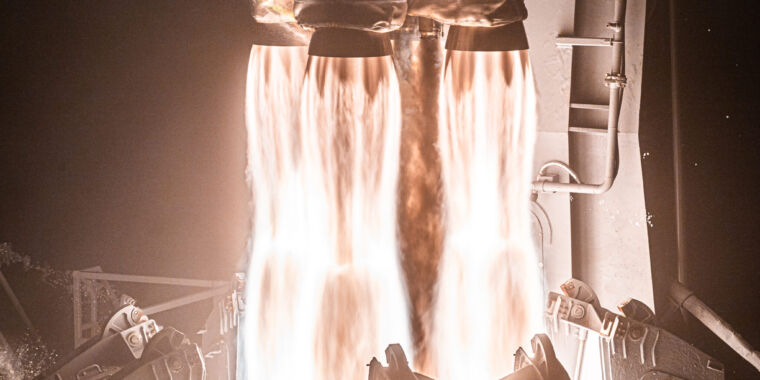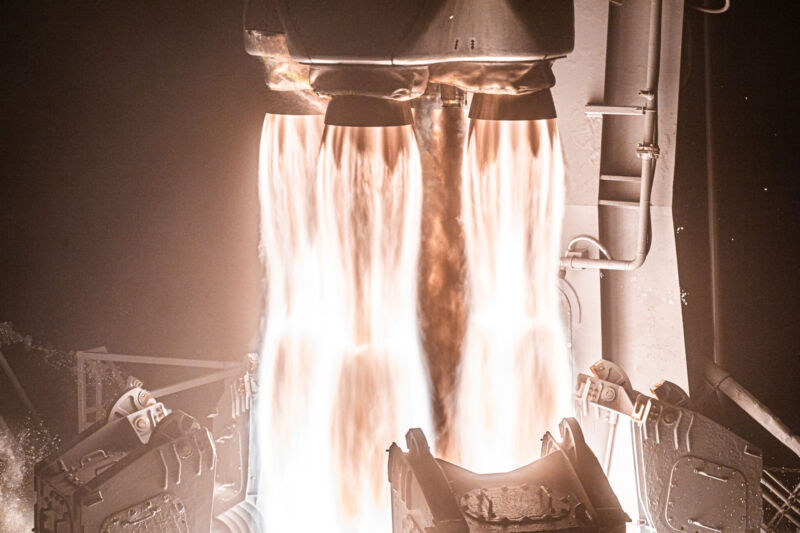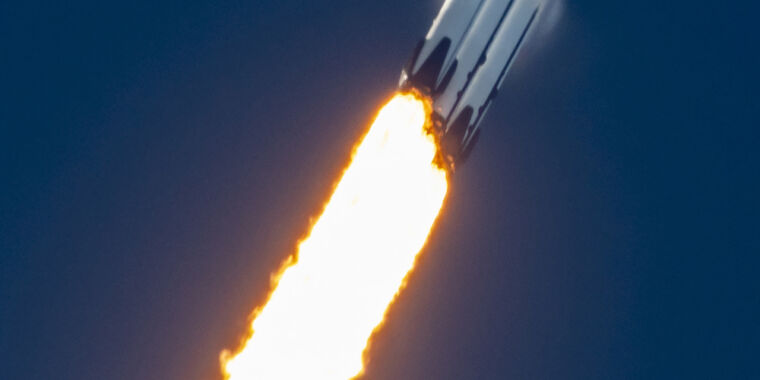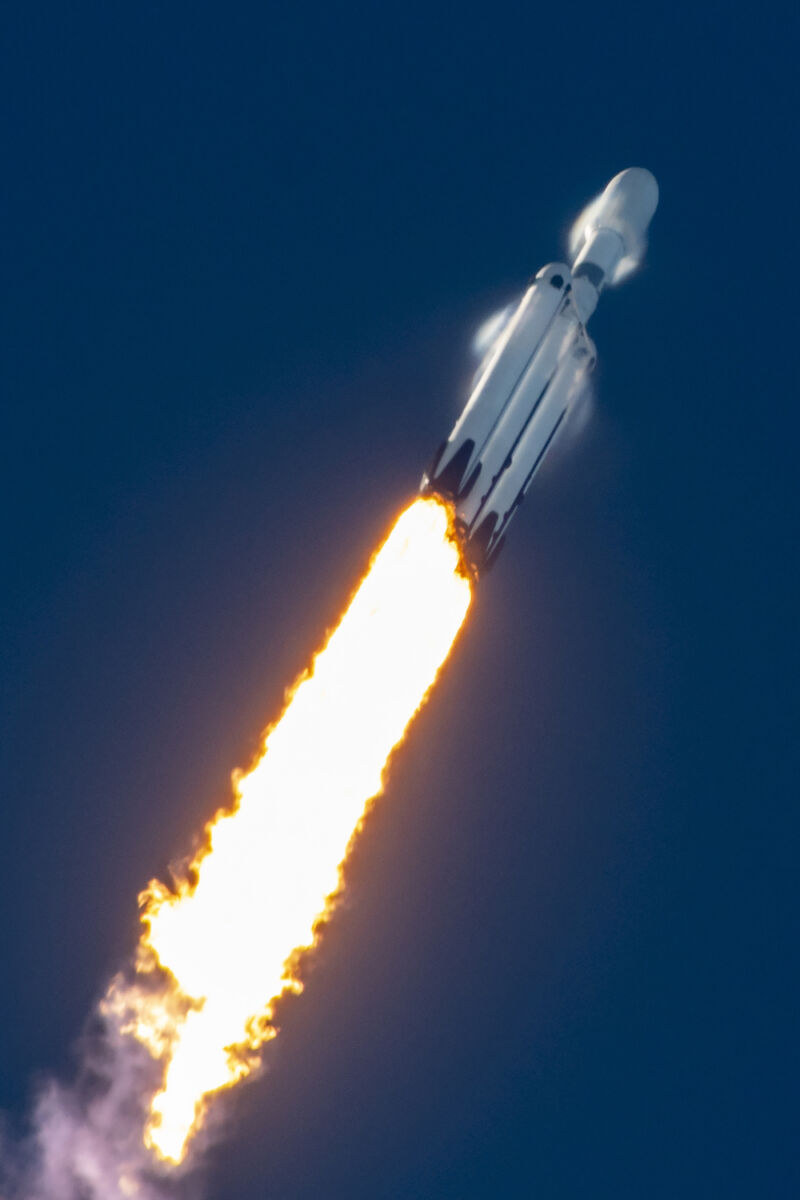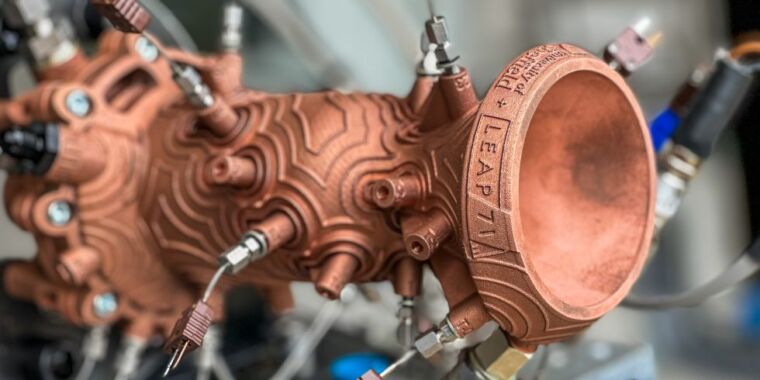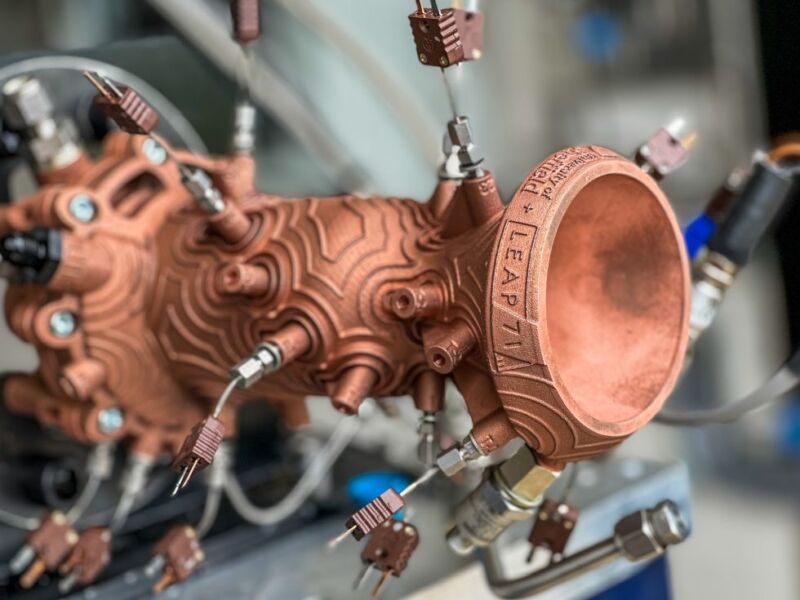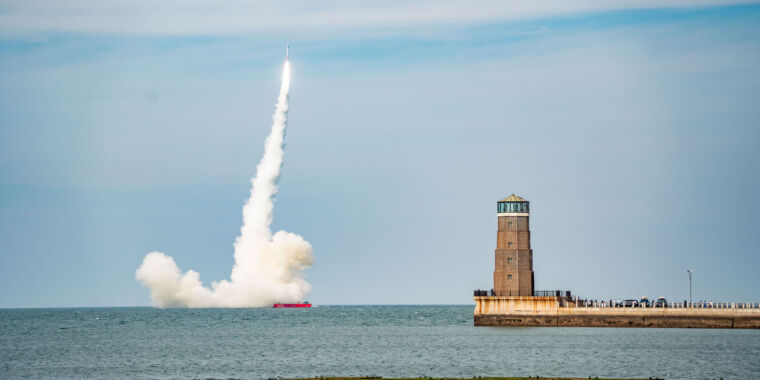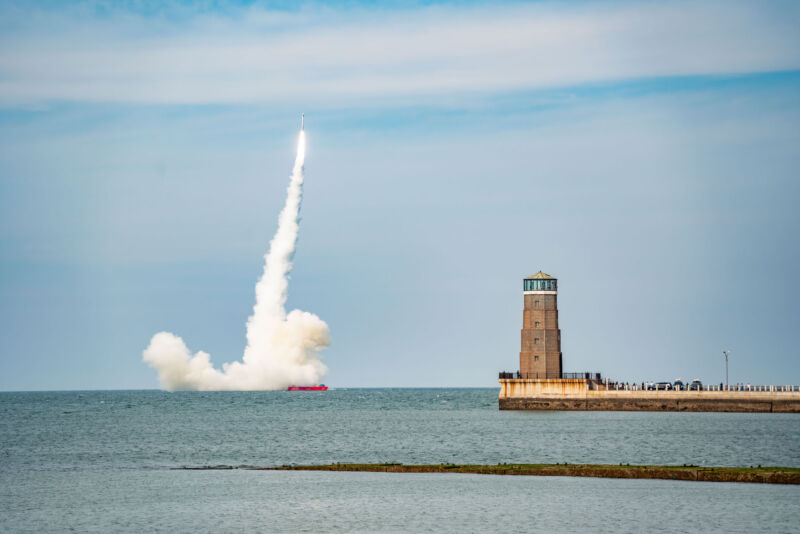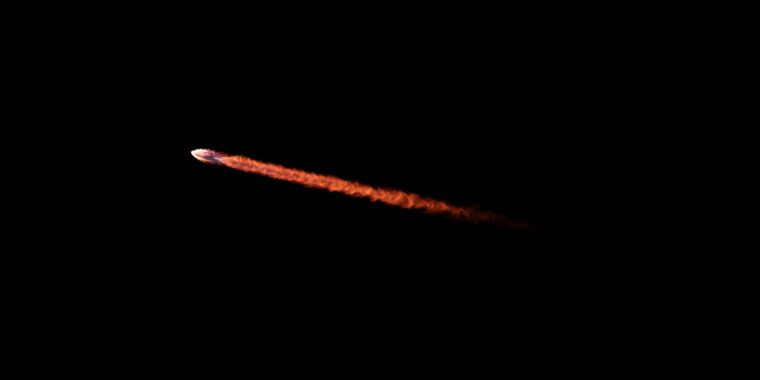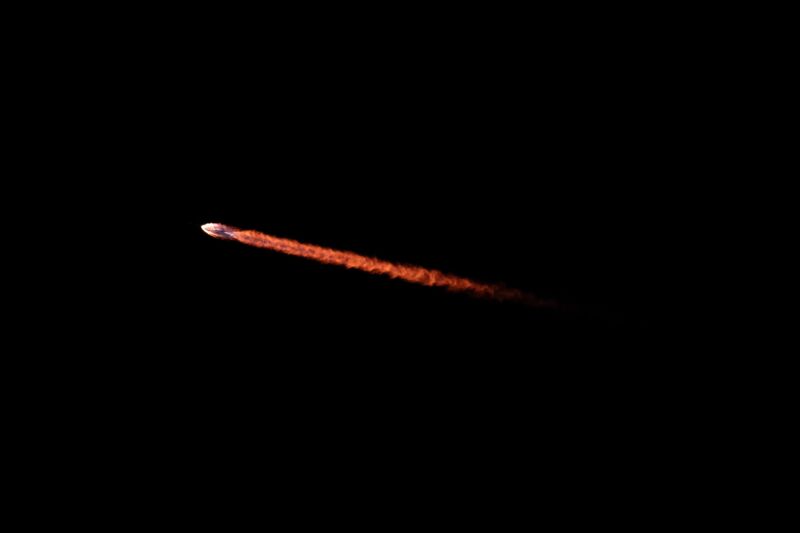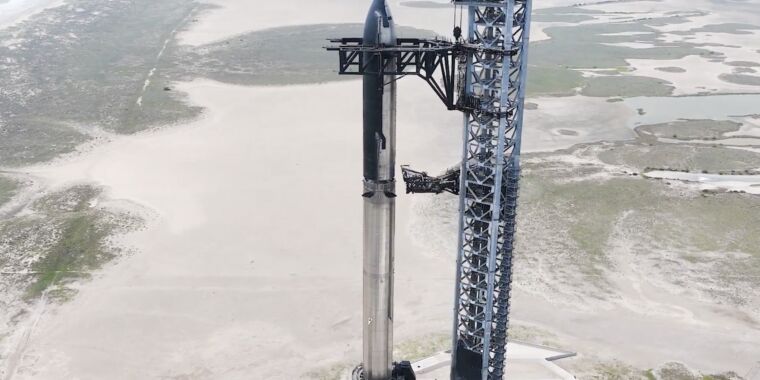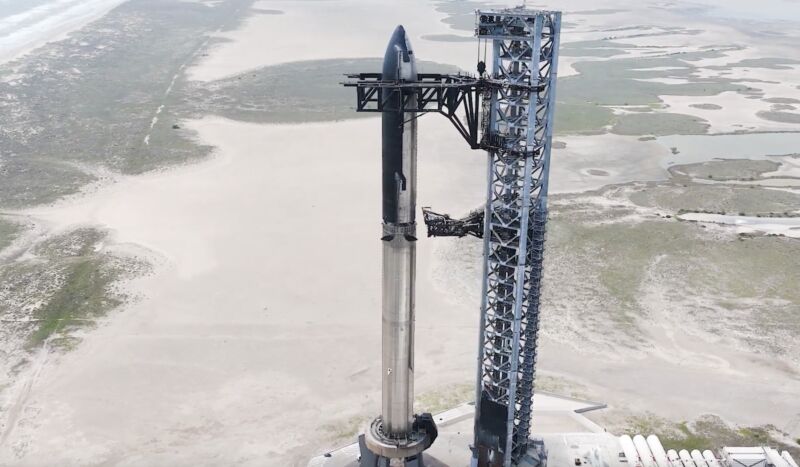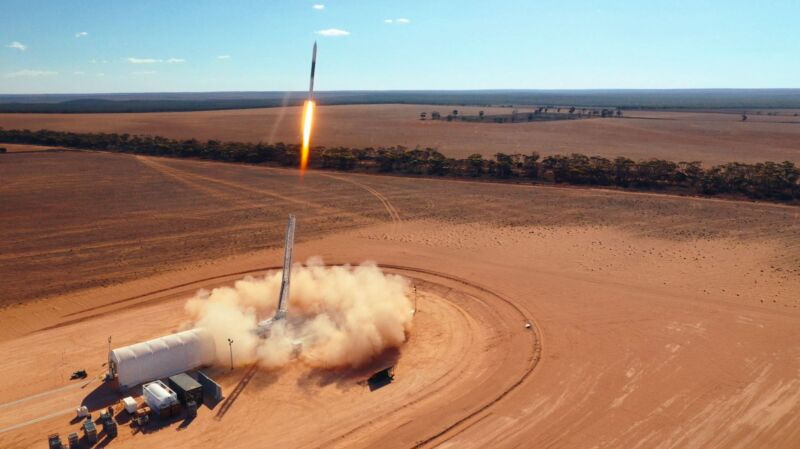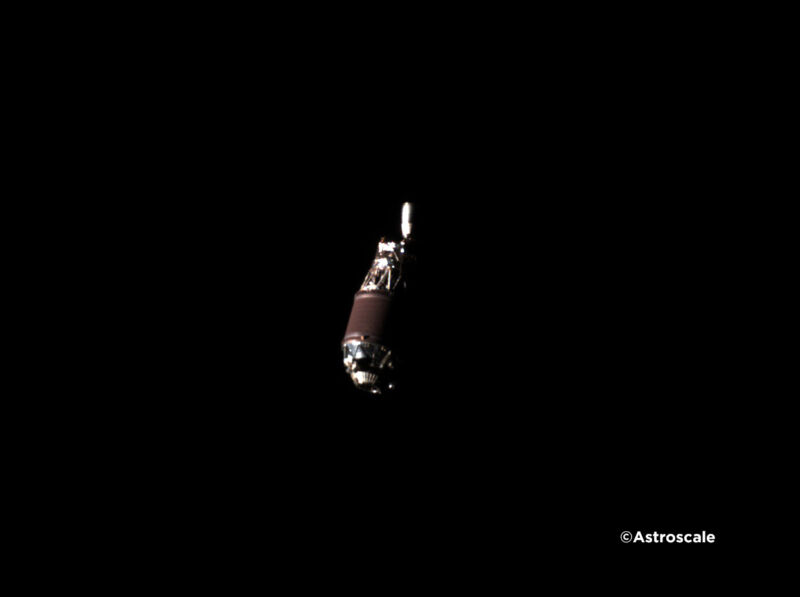Rocket Report: Falcon 9 is back; Starship could be recovered off Australia
Starship down under —
Elon Musk doesn’t expect the next Starship test flight to occur before late August.
Welcome to Edition 7.05 of the Rocket Report! The Federal Aviation Administration grounded SpaceX’s Falcon 9 rocket for 15 days after a rare failure of its upper stage earlier this month. The FAA gave the green light for Falcon 9 to return to flight July 25, and within a couple of days, SpaceX successfully launched three missions from three launch pads. There’s a lot on Falcon 9’s to-do list, so we expect SpaceX to quickly return to form with several flights per week.
As always, we welcome reader submissions. If you don’t want to miss an issue, please subscribe using the box below (the form will not appear on AMP-enabled versions of the site). Each report will include information on small-, medium-, and heavy-lift rockets as well as a quick look ahead at the next three launches on the calendar.

Big delay for a reusable rocket testbed. The French space agency, CNES, has revealed that the inaugural test flight of its Callisto reusable rocket demonstrator will not take place until late 2025 or early 2026, European Spaceflight reports. CNES unveiled an updated website for the Callisto rocket program earlier this month, showing the test rocket has been delayed from a debut launch later this year to until late 2025 or early 2026. The Callisto rocket is designed to test techniques and technologies required for reusable rockets, such as vertical takeoff and vertical landing, with suborbital flights from the Guiana Space Center in South America.
Cooperative action … Callisto, which stands for Cooperative Action Leading to Launcher Innovation in Stage Toss-back Operations, is a joint project between CNES, German space agency DLR, and JAXA, the Japanese space agency. It will stand 14 meters (46 feet) tall and weigh about 4 metric tons (8,800 pounds), with an engine supplied by Japan. Callisto is one of several test projects in Europe aiming to pave the way for a future reusable rocket. (submitted by EllPeaTea and Ken the Bin)
The easiest way to keep up with Eric Berger’s space reporting is to sign up for his newsletter, we’ll collect his stories in your inbox.
Small step for Themis. Another European project established to demonstrate reusable rocket tech is making slow progress toward a first flight. The Themis project, funded by the European Space Agency, is similar in purpose to the Callisto testbed discussed above. This week, the German aerospace manufacturing company MT Aerospace announced it has begun testing a demonstrator of the landing legs that will be used aboard the Themis reusable booster, European Spaceflight reports. The landing legs for Themis are made of carbon fiber-reinforced plastic composites, and the initial test demonstrated good deployment and showed it would withstand the impact energy of landing.
Also delayed … Like Callisto, Themis is facing delays in getting to the launch pad. ArianeGroup, the ESA-selected Themis prime contractor, had been expected to conduct an initial hop test of the demonstrator before the end of 2024. However, officials have announced the initial hop tests won’t happen until sometime next year. The Themis booster is intended to eventually become the first stage booster for an orbital-class partially reusable rocket being developed by MaiaSpace, a subsidiary of ArianeGroup. (submitted by Ken the Bin)

Falcon 9 is flying again. A SpaceX Falcon 9 rocket returned to flight on July 27, barely two weeks after an upper stage failure ended a streak of more than 300 consecutive successful launches, Ars reports. By some measures this was an extremely routine mission—it was, after all, SpaceX’s 73rd launch of this calendar year. And like many other Falcon 9 launches this year, the “Starlink 10-9” mission carried 23 of the broadband Internet satellites into orbit. However, after a rare failure earlier this month, this particular Falcon 9 rocket was making a return-to-flight for the company and attempting to get the world’s most active booster back into service.
Best part is no part … The Falcon 9 successfully deployed its payload of Starlink satellites about an hour after lifting off from NASA’s Kennedy Space Center in Florida. Later in the weekend, SpaceX launched two more Starlink missions on Falcon 9 rockets from Florida and California, notching three flights in less than 28 hours. The launch failure on the previous Falcon 9 launch was caused by a liquid oxygen leak on the upper stage, which led to a “hard start” on the upper stage engine when it attempted to reignite in flight. Engineers and technicians were quickly able to pinpoint the cause of the leak, a crack in a “sense line” for a pressure sensor attached to the vehicle’s liquid oxygen system.
Atlas V’s NSSL era is over. United Launch Alliance delivered a classified US military payload to orbit Tuesday for the last time with an Atlas V rocket, ending the Pentagon’s use of Russian rocket engines as national security missions transition to all-American launchers, Ars reports. This was the 101st launch of an Atlas V rocket since its debut in 2002, and the 58th and final Atlas V mission with a US national security payload since 2007. The Atlas V is powered by an RD-180 main engine made in Russia, and with a little prodding from SpaceX (via a lawsuit) and Congress, the Pentagon started making moves to end its reliance on the RD-180 a decade ago.
Other options available … The RD-180 never failed on a National Security Space Launch (NSSL) mission using the Atlas V rocket, but its use became politically untenable after Russia’s annexation of Crimea in 2014, which predated Russia’s full-scale invasion of Ukraine eight years later. SpaceX began launching US military missions in 2018, and ULA debuted its new Vulcan rocket in January. Assuming a successful second test flight of Vulcan in September, ULA’s next-generation rocket has a good shot at launching its first national security mission by the end of the year. The Space Force’s policy is to maintain at least two independent launch vehicles capable of flying military payloads into orbit. Vulcan and SpaceX’s Falcon rocket family fulfill that requirement, so the military no longer needs the Atlas V. However, 15 more Atlas V rockets remain in ULA’s inventory for future commercial flights.
Crackdown at the Cape. While this week’s landmark launch of the Atlas V rocket is worthy of celebration, there’s a new ULA policy that deserves ridicule, Ars reports. Many of the spectacular photos of rocket launches shared on social media come from independent photographers, who often make little to no money working for an established media organization. Instead, they rely on sales of prints to recoup at least some of their expenses for gas, food, and camera equipment needed to capture these images, which often serve as free publicity for launch providers like ULA. Last month, ULA announced it will no longer permit these photographers to set up remote cameras at their launch pads if they sell their images independently. This new policy was in place for the Atlas V launch from Cape Canaveral, Florida, on Tuesday morning.
But why? … “ULA will periodically confirm editorial publication for media participating in remote camera placement,” ULA stated in an email distributed to photographers last month. “If publication does not occur, or photos are sold outside of editorial purposes, privileges to place remote cameras may be revoked.” To the photographers who spend many hours preparing their equipment, waiting to set up and remove cameras, and persevering through scrubs and more, it seemed like a harsh judgment. And nobody knows why it happened. ULA has offered no public comment about the new policy, and the company did not respond to questions from Ars about the agreement.
Astroscale achieves a first in orbit. There are more than 2,000 mostly intact dead rockets circling the Earth, but until this year, no one ever launched a satellite to go see what one looked like after many years of tumbling around the planet, Ars reports. A Japanese company named Astroscale launched a small satellite in February to chase down the derelict upper stage from a Japanese H-IIA rocket. Astroscale’s ADRAS-J spacecraft arrived near the H-IIA upper stage in April, and the company announced this week that its satellite has now completed two 360-degree fly-arounds of the rocket. This is the first time a satellite has maneuvered around an actual piece of space junk, and it offers an unprecedented snapshot of how an abandoned rocket holds up to 15 years in the harsh environment of space.
Prepping for the future … Astroscale’s ADRAS-J mission is partially funded by the Japan Aerospace Exploration Agency (JAXA). Astroscale and JAXA also have a contract for a follow-up mission named ADRAS-J2, which will attempt to link up with the same H-IIA rocket and steer it on a trajectory to burn up in Earth’s atmosphere. This would be the first demonstration of active debris removal, a concept pursued by Astroscale and other companies to help clear space junk out of low-Earth orbit.
An update on Ariane 6. The European Space Agency has released its first update on the results from the first flight of the Ariane 6 rocket since its launch July 9. Europe’s new flagship rocket had a mostly successful inaugural test flight. Its first stage, solid rocket boosters, and upper stage performed as expected for the first phase of the flight, delivering eight small satellites into an on-target orbit. The launch pad at the Guiana Space Center in South America also held up to the violent environment of launch, ESA said.
Still investigating … However, the final phase of the mission didn’t go according to plan. The upper stage’s Vinci engine was supposed to reignite for a third time on the test flight to deorbit the rocket, which would have released two small reentry capsules on technology demonstration missions to test heat shield technologies. This didn’t happen. An Auxiliary Propulsion Unit, which is a small engine to provide additional bursts of thrust and pressurize the upper stage’s propellant tanks, shut down shortly after startup ahead of the third burn of the primary Vinci engine. “This meant the Vinci engine’s third boost could not take place,” ESA said. “Analysis of the APU’s behavior is ongoing and further information will be made available as soon as possible, while the next task force update is expected in September.” (submitted by Ken the Bin)

Room to grow at Starbase. SpaceX has since launched Starship four times from its launch site in South Texas, known as Starbase, and is planning a fifth launch within the next two months, Ars reports. However, as it continues to test Starship and make plans for regular flights, SpaceX will need a higher flight rate. This is especially true as the company is unlikely to activate additional launch pads for Starship in Florida until at least 2026. To that end, SpaceX has asked the FAA for permission for up to 25 flights a year from South Texas, as well as the capability to land both the Starship upper stage and Super Heavy booster stage back at the launch site.
The answer is probably yes … On Monday, the FAA signaled that it is inclined to grant this request. The agency released a draft assessment indicating that its extensive 2022 analysis of Starship launch activities on the environment, wildlife, local communities, and more was sufficient to account for SpaceX’s proposal for more launches. There is more to do for this conclusion to become official, including public meetings and a public comment period this month.
SpaceX eyes Australia. SpaceX is in talks with US and Australian officials to land and recover one of its Starship rockets off Australia’s coast, a possible first step toward a bigger presence for Elon Musk’s company in the region as the two countries bolster security ties, Reuters reports. At the end of SpaceX’s fourth Starship test flight in June, the rocket made a controlled splashdown in the Indian Ocean hundreds of miles off the northwest coast of Australia. The discussions now underway are focused on the possibility of towing a future Starship vehicle from its splashdown point in the ocean to a port in Australia, where SpaceX engineers could inspect it and learn more about how it performed.
Eventually, it’ll come back to land … On the next Starship flight, currently planned for no earlier than late August, SpaceX plans to attempt to recover Starship’s giant Super Heavy booster using catch arms on the launch pad tower in Texas. On Sunday, Elon Musk told SpaceX and Tesla enthusiasts at an event called the “X Takeover” that it will take a few more flights for engineers to get comfortable returning the Starship itself to a landing onshore. “We want to be really confident that the ship heat shield is super robust and lands at the exact right location,” he said. “So before we try to bring the ship back to the launch site, we probably want to have at least three successful landings of the ship [at sea].” (submitted by Ken the Bin)
Next three launches
August 2: Electron | “Owl for One, One for Owl” | Mahia Peninsula, New Zealand | 16: 39 UTC
August 3: Falcon 9 | NG-21 | Cape Canaveral Space Force Station, Florida | 15: 28 UTC
August 4: Falcon 9 | Starlink 11-1 | Vandenberg Space Force Base, California | 07: 00 UTC

Listing image by SpaceX
Rocket Report: Falcon 9 is back; Starship could be recovered off Australia Read More »
